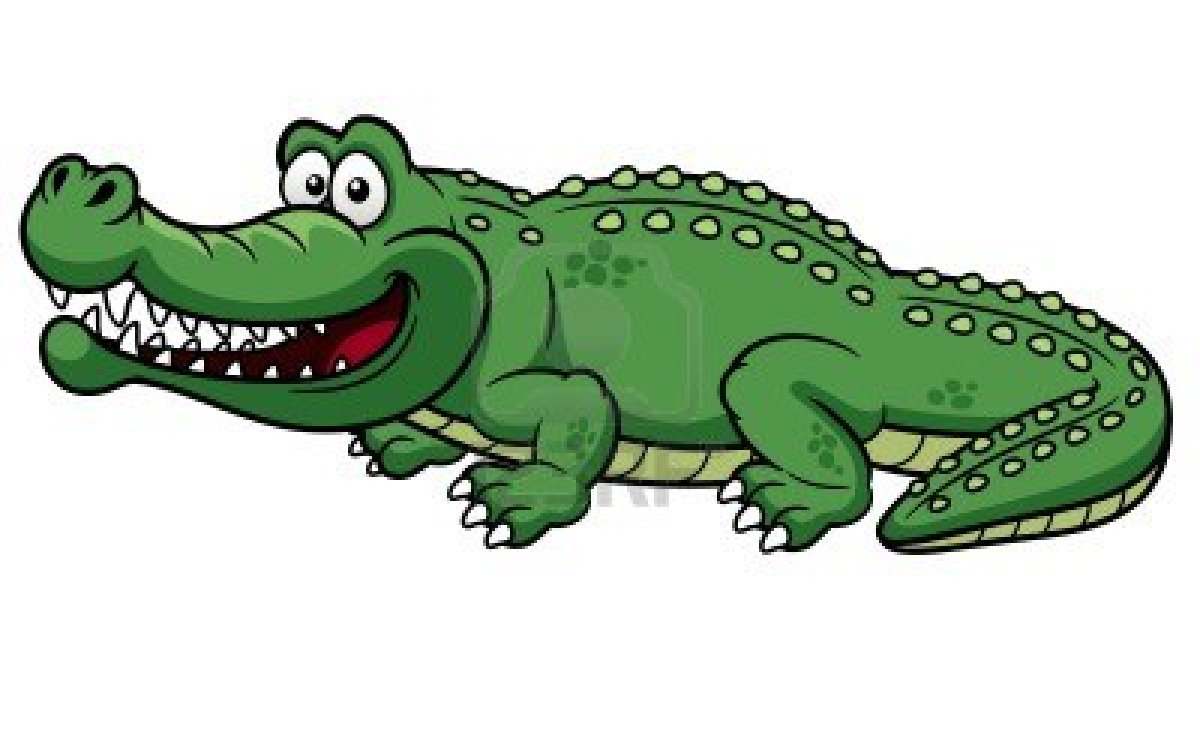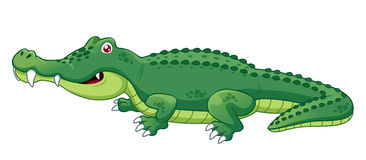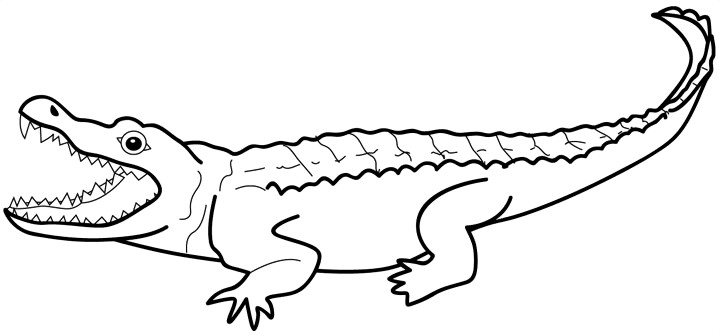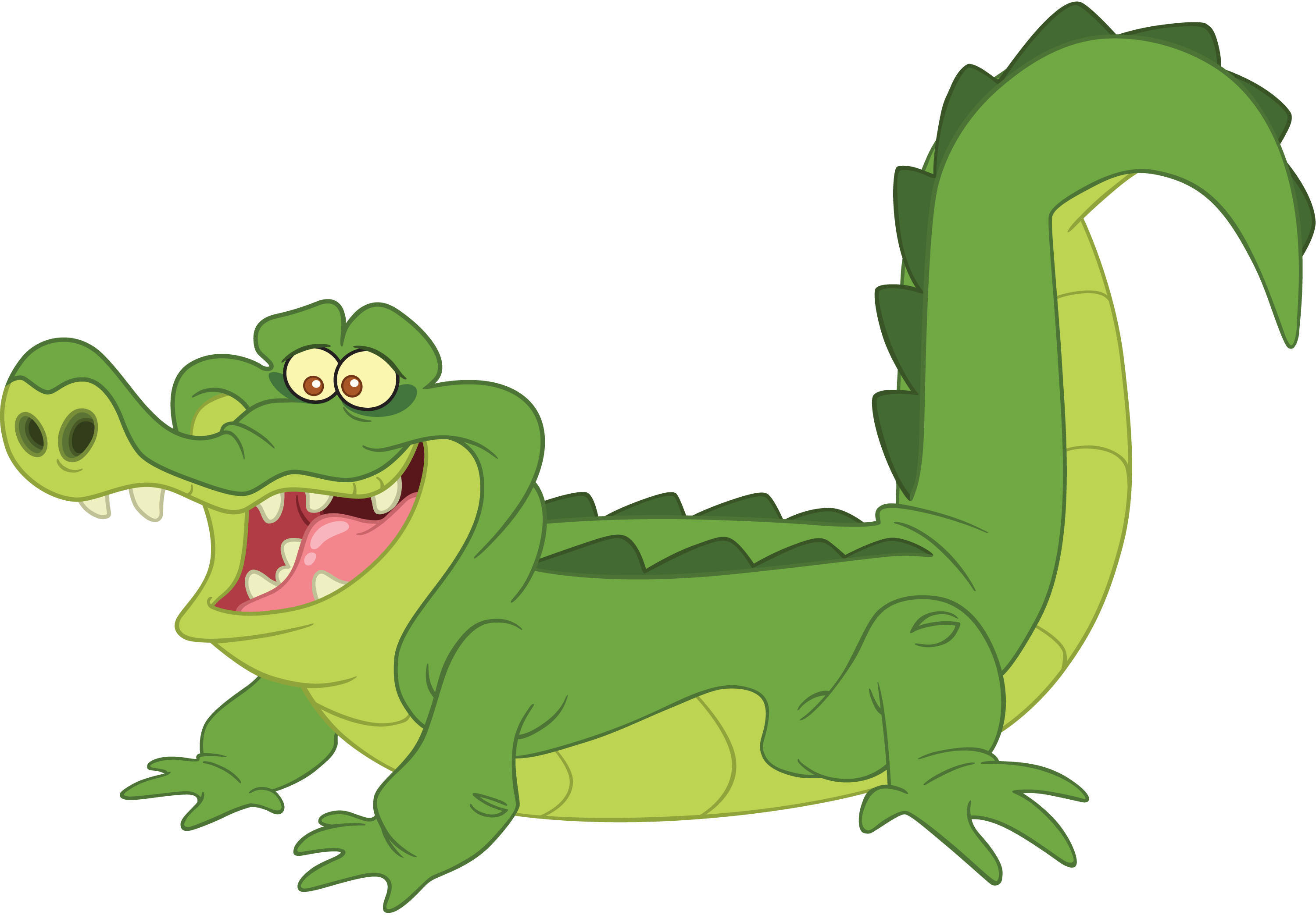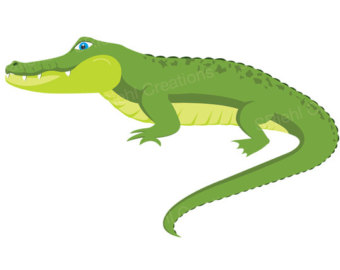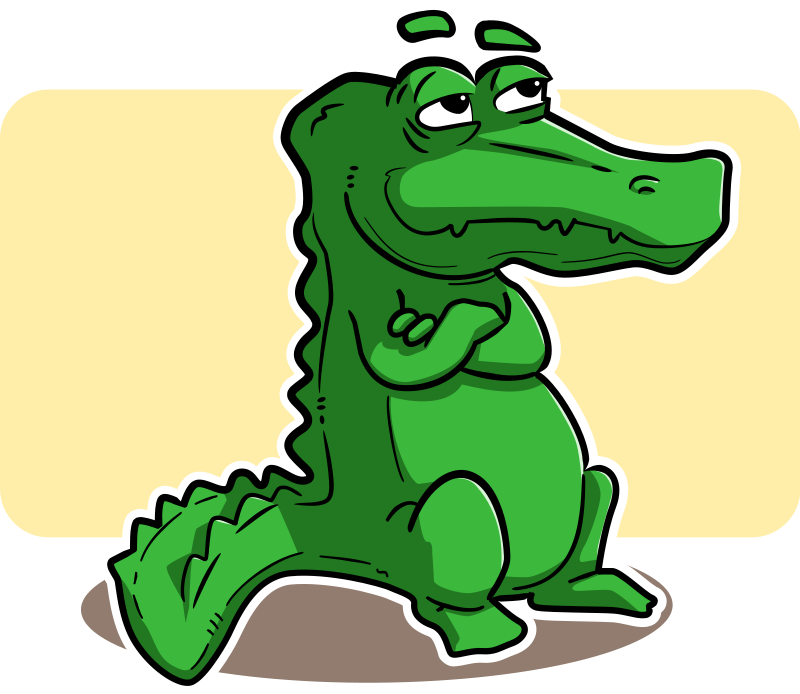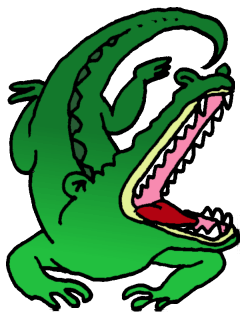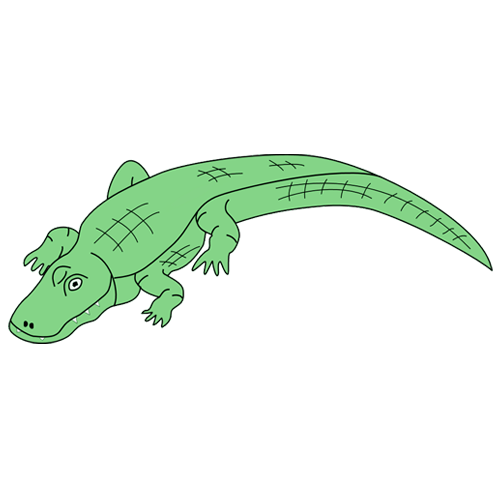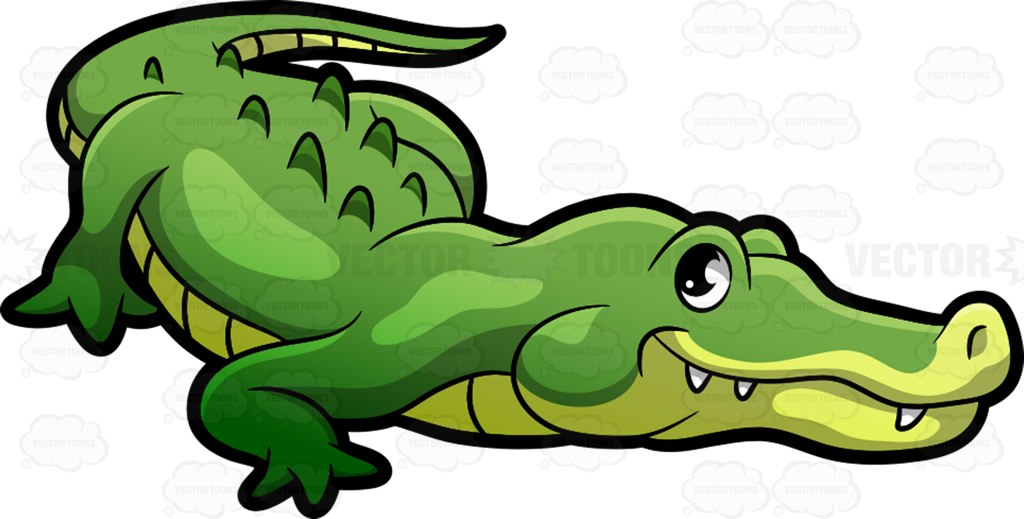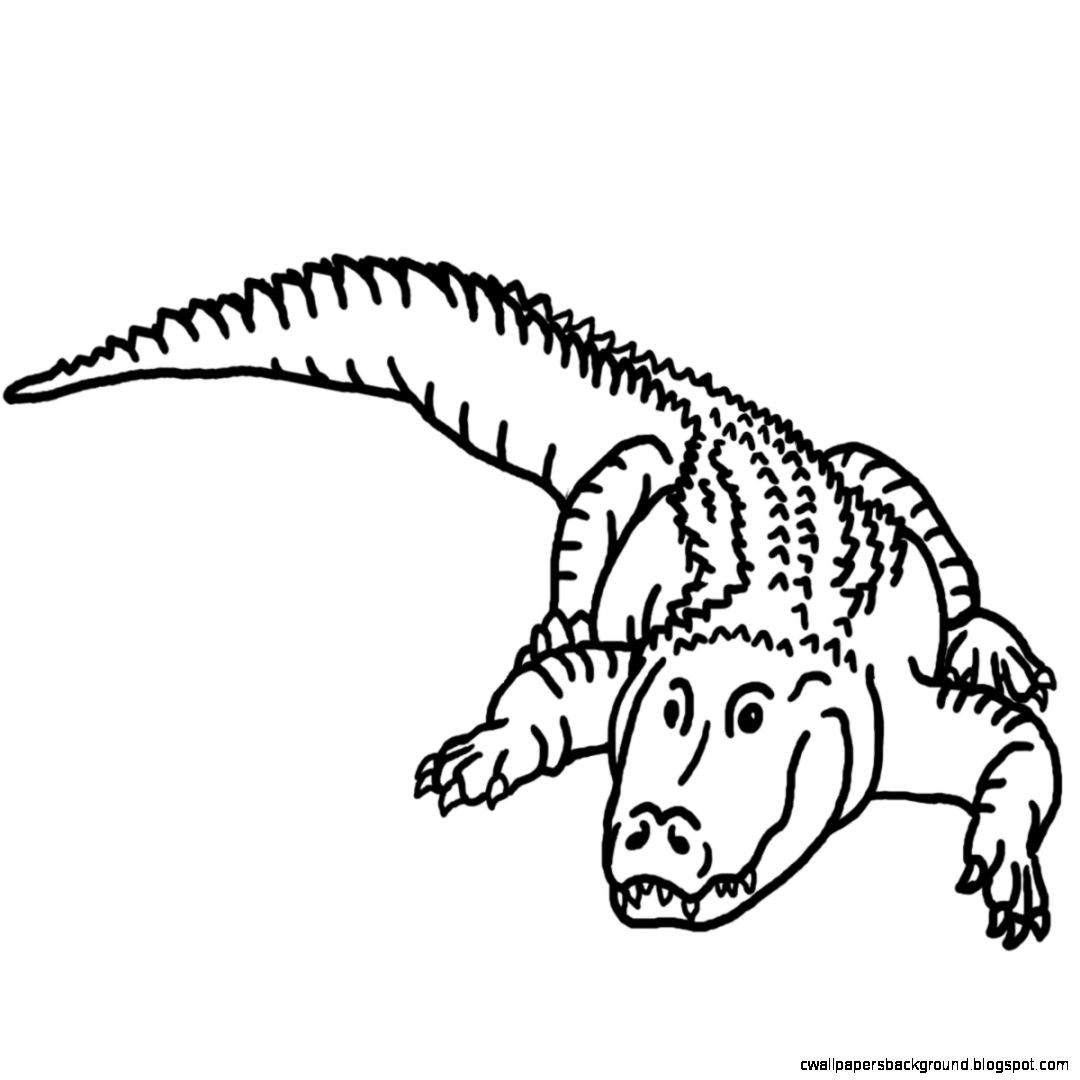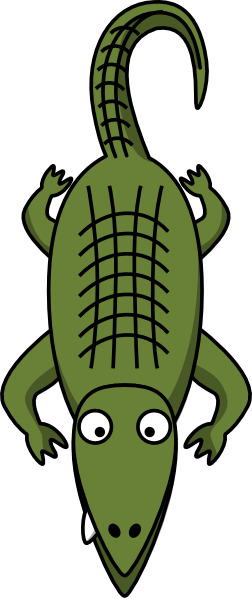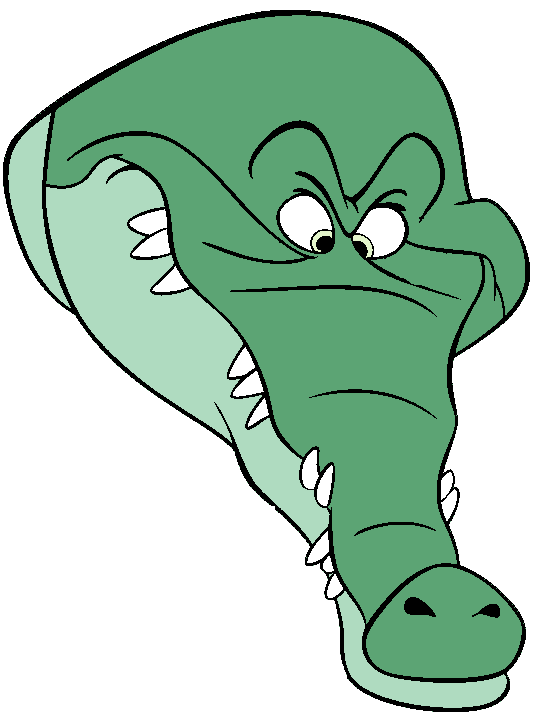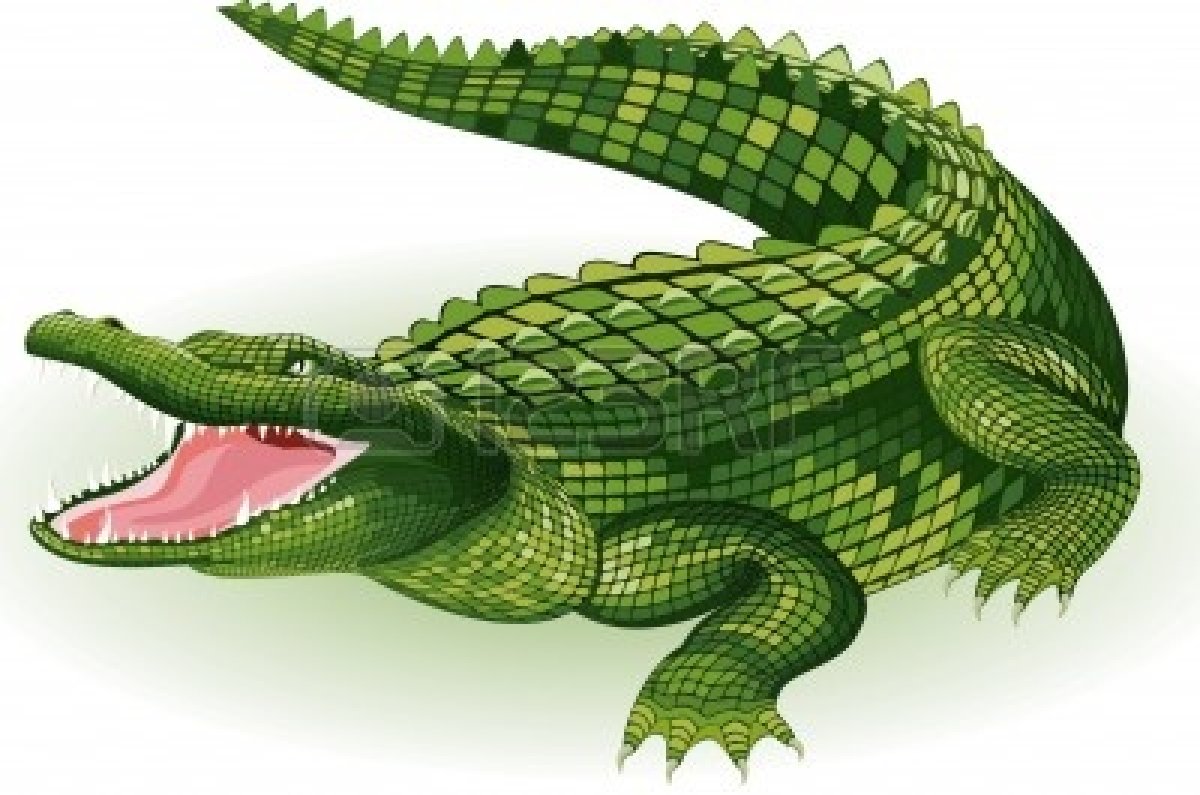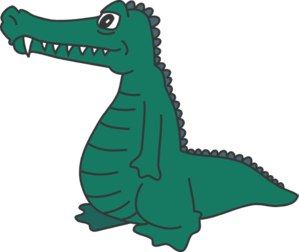Crocodile Clipart
Crocodiles are large, semiaquatic reptiles that live throughout the tropics in Africa, Asia, the Americas and Australia. They are characterized by their long, powerful jaws, armored skin, webbed feet, and long, muscular tails.
Crocodiles inhabit freshwater habitats like rivers, lakes, wetlands and sometimes in brackish water. Some species, like the Saltwater Crocodile, are able to live in marine environments. They are carnivorous ambush predators that wait patiently for prey like fish, birds, mammals and even other crocodiles to arrive before attacking and drowning their victim.
There are 14 extant species of crocodiles, ranging greatly in size and geography across the world. Some, like the massive Saltwater Crocodile, can grow over 20 feet long and weigh nearly a ton. Many crocodilian species are threatened by hunting, habitat loss and illegal trade of their skins.
Crocodile Species
- Nile Crocodile – Found throughout much of sub-Saharan Africa. They are dark bronze, brown or grayish in color and live in freshwater rivers, lakes and marshlands. Average size is 11-16 ft long.
- American Crocodile – Found in Mexico, Central and South America and the Caribbean. Usually grayish-green in color with lighter tan undersides. They live in brackish or marine coastal areas and rarely exceed 14 ft.
- Saltwater Crocodile – The largest living reptile species found across eastern India, southeast Asia and northern Australia. Dark to light gray in color with a lighter belly. Average size 15-17 ft and weighing up to 2,000 lbs. Some can reach 23 ft long.
- Cuban Crocodile – A small brightly-colored crocodilian found only in Cuba. Grows to an average length of 11.5 ft long. They are critically endangered, with only 3,000-6,000 estimated left in the wild.
- Freshwater Crocodile – Native across northern Australia and New Guinea. Grows to an average length of 7-10 ft long. They live primarily in freshwater rivers, swamps and billabongs.
Crocodile Anatomy
Crocodiles have a reinforced armored body with thick, bony, reptilian scales made of keratin arranged in overlapping rows and ridges down their back and tail. Their underside is softer and less protected.
They have a large, triangular head and snout with eyes, ears and nostrils positioned on top of the skull allowing them to lie low and concealed in the water while observing prey. Powerful jaws contain many conical teeth suited for grabbing and piercing flesh.
Long muscled tails account for half their total body length and propel them rapidly through water. Their legs are fairly short with webbed hind feet using claws on the tips of their toes to maneuver over land. Crocodiles can Gallop short distances on land.
Key anatomical features also include cardiac and olfactory glands, a protective transparent third eyelid, a four-chambered heart and a dual-chambered liver that allows them to stay submerged underwater for hours at a time.
Crocodile Behavior
Crocodiles are largely nocturnal, spending mornings and afternoons sunbathing to raise their body temperature. They are more active during dusk, night and dawn.
Crocodiles communicate through a variety of hisses, grunts, growls and bellows. They also signal using touch, scent marking and complex body postures like elevated snouts and exposed teeth.
Crocodiles are swift in strike attacks above and underneath the water. They are stealthy hunters, waiting patiently often for hours for suitable prey to arrive before ambushing their target and delivering a death roll to subdue it.
While crocodiles often lead a solitary life, some species like Freshwater crocodiles may congregate in groups when resources are limited. Larger species sometimes even hunt cooperatively in pairs during the breeding season.
Crocodile Reproduction
Mating and courtship behaviors usually occur in the early rainy seasons. Males attract females by bellowing loudly with jaws open, rubbing her body and even giving a courtship display of rubbing his chin on her back.
The female crocodile lays between 20 to 80 eggs which both parents help bury under rotting vegetation or sand to incubate. The warmth from the nest determines whether offspring emerges as male or female.
After a incubation of about 80-100 days for most species, hatchlings may call from inside their eggs to be helped out by their mother. Parents fiercely guard their nests and may even gently carry babies to the water in their mouths.
Crocodiles and Humans
Crocodiles present an inherent danger to people due to their size, speed and power. Attacks on humans occur occasionally when crocodiles get too accustomed to human activity or are unable to hunt their natural prey. Conflicts can arise when humans encroach on crocodile’s natural habitat.
However, crocodiles play an important role as apex predators in aquatic ecosystems. Several conservation efforts for endangered crocodilians exist through sustainable farming programs for skins/meat and breeding them in protected reserves and national parks.
Crocodiles in Culture
Historically, crocodiles have featured heavily in the myths and culture of human civilizations where Nile or Ancient crocodiles dwelled like Egypt and Mesopotamia. Ancient Egyptians both revered and feared crocodiles, even mummifying them as offerings to the crocodile-headed god Sobek.
In modern pop culture, crocodiles and alligators are often depicted as aggressive monster villains in media like films, video games, cartoons and literature intended to shock audiences. Some examples are the crocodiles in Peter Pan or Lacoste’s iconic crocodile logo.
Crocodile Symbolism
The crocodile symbolizes primal energy, adaptability, patience, fertility, strength, divine boundaries/judgement and control over ones environment. Their ability to lay still and camouflaged before attacking their prey quickly made them ambush predators.
In dreams, crocodile symbolism may represent hidden dangers, hypocrisy or situations where things aren’t what they seem on the surface. The presence of crocodiles calls for caution and awareness of what lurks below.
Crocodile Clipart
Clipart provides simple, recognizable cartoon images used commonly to decorate documents, presentations, websites and projects especially for educational purposes. There is a wide assortment of colorful crocodile clipart showcasing them in various poses and situations.
Uses of Crocodile Clipart
Crocodile clipart can convey danger, playfulness, wildlife themes or even mark public safety warnings. Some examples of using crocodile clipart include:
- Advertisements for Australia/Florida tourism, zoos or reptile exhibits
- Safety signs near lakes, rivers and beaches
- Kids animal coloring pages/crafts
- Badges, logos or imagery for sports teams like the Crocodiles
- Iconography indicating aggression, danger or deceit
- Whimsical decorative elements on party supplies, cards, scrapbooks etc.
Crocodile clipart offers recognizable vector imagery that can enhance documents or projects relating to wildlife, animals, summer themes or danger. The style ranges from cute cartoon renderings to more ferocious graphic designs.
In this page clipartix present 70 crocodile clipart images free for designing activities. Lets download Crocodile Clipart that you want to use for works or personal uses.




